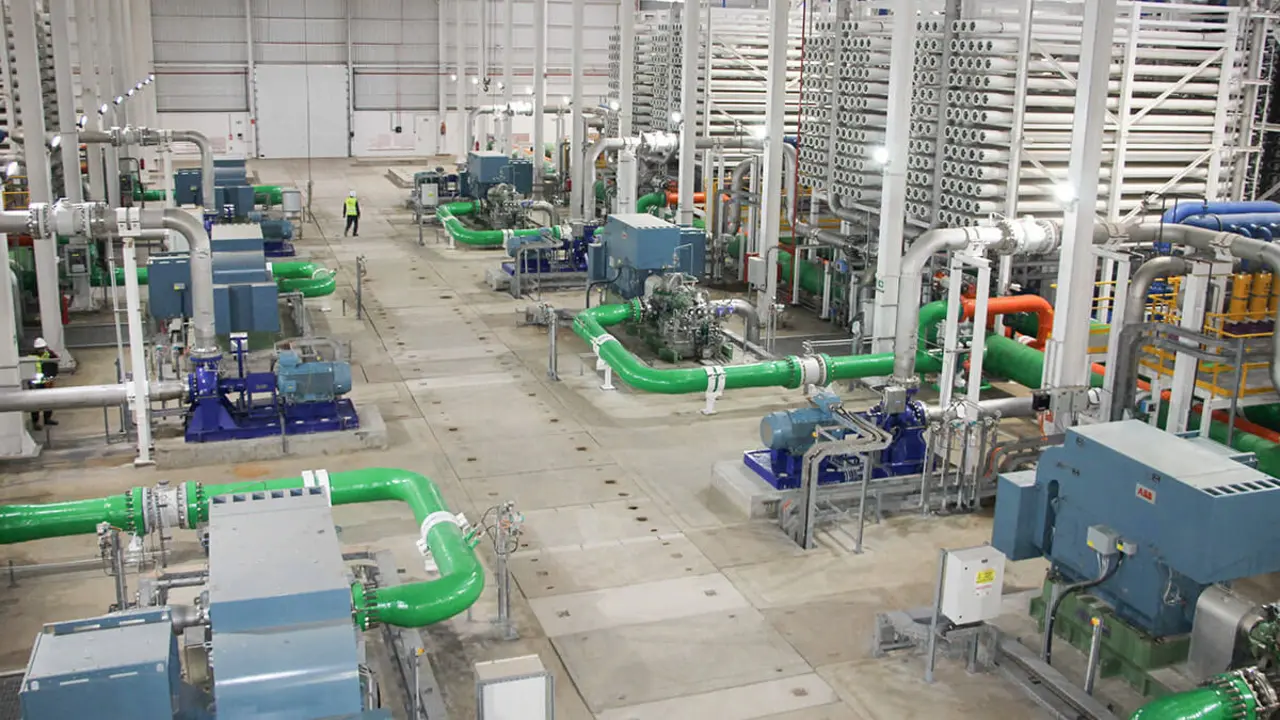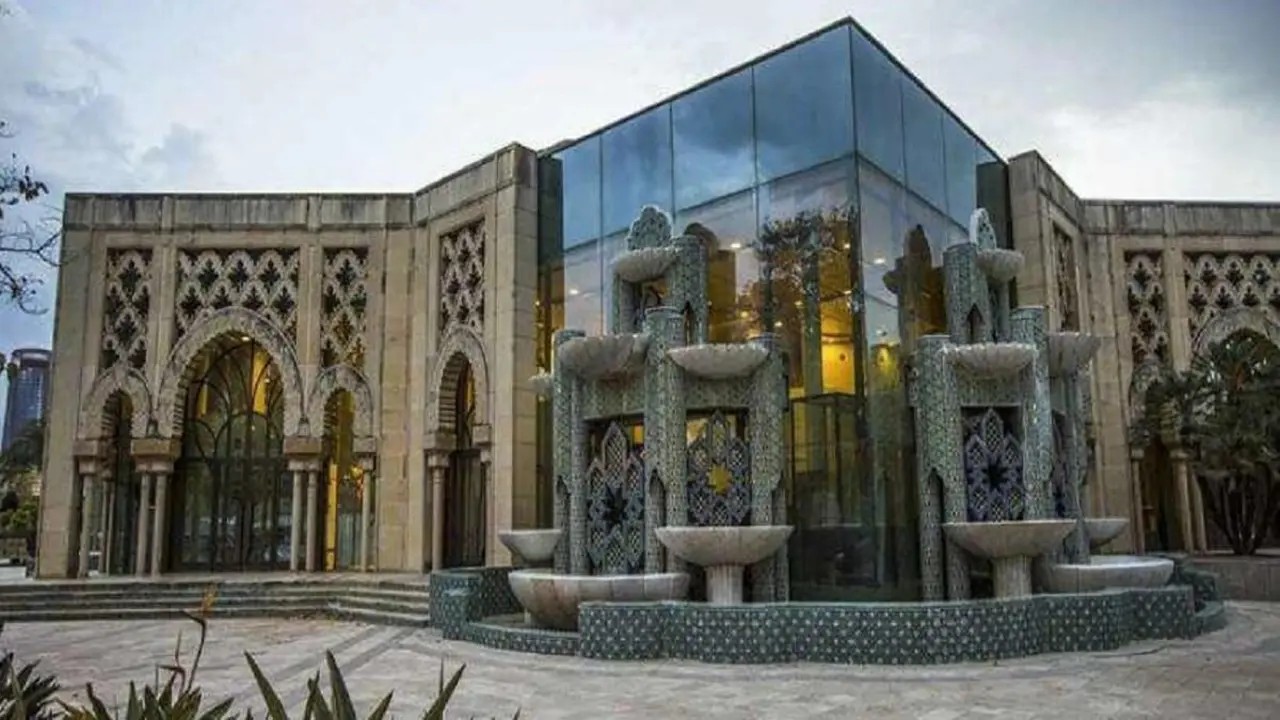With two weeks to go before the Emirates' dream of flying to Mars comes true

There are just 14 days to go until the first UAE Martian probe rises from the Tanegashima Space Centre in Japan into space. The first unmanned interplanetary mission by an Arab nation, the Al Amal will travel to the Red Planet aboard the Japanese Mitsubishi H-IIA launcher, whose first launch option is scheduled for mid-July.
For the vice president, prime minister of the Emirates and ruler of Dubai, Sheikh Mohammed bin Rashid Al Maktoum, the Al Amal probe - which in Spanish means "Hope" - represents "an achievement for every Arab and a source of pride for every Emirate".

At a briefing at the Mohammed bin Rashid Space Center (MBRSC), chaired by Crown Prince Sheikh Hamdan bin Mohammed bin Rashid Al Maktoum, MBRSC Chairman Hamad Obaid Al Mansoori and Project Director Omran Sharaf detailed the final preparations for take-off and the various responsibilities that Emirati engineers and technicians will undertake.

Emirates Space Agency President Ahmed Belhoul confirms that the extensive national space program "is the largest in the region," but that this is not the most important thing. Ahmed Belhoul says that in the immediate future there will be "new projects, which will strengthen the presence of the Emirates in the international space sector, on a par with the most advanced nations in the world.
For Sheikh Mohammed bin Rashid, the first trip from the Emirates to Mars sends a message of hope to every Arab citizen that "we have the innovation, the endurance and the efforts to compete with the greatest of nations in the race for knowledge. And this is happening despite the global challenges posed by the COVID-19 coronavirus pandemic. For the moment, however, the probe is keeping its launch window fixed as planned.

The green light to send it into space will be illuminated on July 15 and extended until August 13. That period has been set according to a meticulous scientific calculation of the Earth and Mars orbits, which determines that those 30 days are the best time to get the probe into Mars' orbit in February 2021, which will give way to celebrations commemorating the 50th anniversary of the nation's creation and independence.
Take-off on 15 July is scheduled to take place at 12:51 hours and 27 seconds on 15 July in the Emirates. But given the two-hour time difference with Spain, in the peninsula it will be at 10:51 hours and 27 seconds. It will be then when the engines of the launch vehicle will be ignited and the H-IIA rocket will be launched into space from the ramp on which it was supported.

The historic initiative to send a science spacecraft to Mars was announced in 2014 by the President of the Emirates, Sheikh Khalifa bin Zayed Al Nahyan. It aims to maximize the Emirates' industrial and scientific space sector, as part of the country's visionary effort to invest in future knowledge-based economies.
In particular, the Emirates' incursion into the field of astronautics is intended to excite and encourage young Emirates and Arabs to enter science and engineering careers. In this way, it aims to contribute to global efforts in the exploration of the cosmos and to promote an alternative economy to that of oil and gas, the country's main sources of income. The Al Amal project has been financed and supervised by the Emirates Space Agency, while the MBRSC has been responsible for the implementation of the different stages of the design, development and launching of the probe.

Una vez alrededor de Marte y durante al menos 2 años, tomará imágenes y sus instrumentos a bordo intentarán aflorar algunos de los misterios del planeta rocoso del Sistema Solar. Concebida para proporcionar “la primera imagen verdaderamente global de la atmósfera marciana y sus diferentes capas”, recogerá datos que serán compartidos de manera libre y gratuita por el resto de la comunidad científica y académica del mundo.

The Emirates authorities also want Al Amal to be the first probe dedicated to studying the Martian climate over daily and seasonal cycles. To achieve this, the three advanced scientific instruments on board will measure and observe the weather phenomena that occur on the surface of the Red Planet, especially dust storms. They will also analyze the large temperature changes that originate in the Martian atmosphere
The data collected by the spacecraft are intended to provide an insight into the Martian past, the reasons behind the corrosion of its surface and to provide expectations about the potential it can bring to the survival of human beings on Mars.









